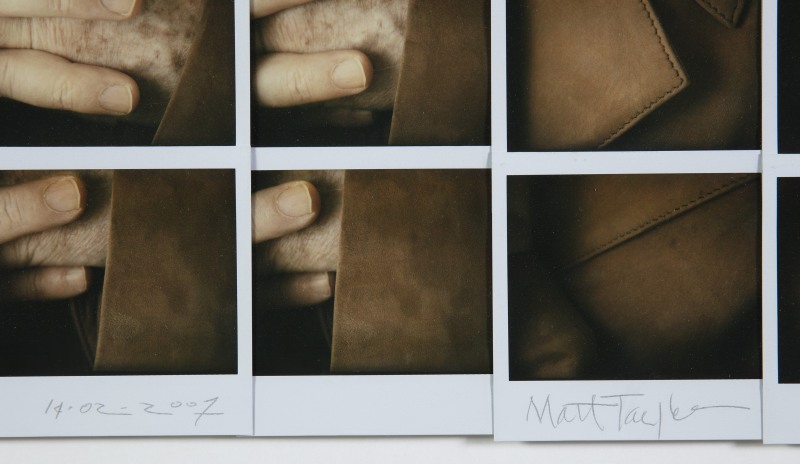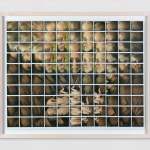-
Biography
Maurizio Galimberti (Como, Italy, 1956)
Born in Como in 1956, after initially working as a surveyor for the family business, he moved to Milan, where he decided to turn his passion for photography into a profession.
Since 1983, he has embraced the use of Polaroid, appreciating its immediate result verification and the opportunity for post-production "manipulation". Preferring the analogue tool of this kind of camera – the only one capable of capturing the pathos of a unique and unrepeatable shot – he adopted the technique of creating photographic mosaics composed of different instant pictures. This allowed him to deconstruct and reconstruct the image of the photographed subject, reinterpreting it.
In 1991, he began his official collaboration with Polaroid Italy, becoming its spokesperson and publishing the volume "Polaroid Pro Art" in 1995. The following year, he was awarded the "Grand Prix Kodak Advertising Italy."
He was also a member of Instant Art, the creator of the Dada Polaroid movement and part of the "Polaroid Collection Italiana” – a collection of art photographs assembled by the Polaroid Corporation.After winning the Grand Prix Kodak Advertising Italy in 1992, in 2000, he curated the travelling exhibition for Kodak Italy, part of the series "I Maestri," focusing on one of his dearest subjects.
His skills as a portrait artist earned him the prestigious title of the inaugural official portraitist for the Venice Film Festival. His photograph of Johnny Depp, taken in Venice in 2003, was selected as the official cover for the September edition of Times Magazine.
Over the years, he expanded his photographic mosaic to include landscape and urban subjects without ever abandoning photography.
Due to the discontinuation of Polaroid production in 2008 and the increasing difficulty in sourcing raw materials, he has held the position of Fuji Italy's official Instant Artist since September 2017, contributing to the Instax Square project.
The artist currently lives and works in Milan.
Photo UniCredit Group (Sebastiano Pellion di Persano)
-
Works
Maurizio Galimberti Italian, 1956
Matt Taylor, 2007Series:Mosaic with original Polaroids. Unique specimen / Mosaico con originali Polaroid. Esemplare unico / Mosaik mit originalen Polaroids. Einzigartiges Exemplar83 x 105 cmUniCredit S.p.A.Photo: UniCredit Group (Sebastiano Pellion di Persano)Further images
Join our mailing list
* denotes required fields
In order to respond to your enquiry, we will process the personal data you have supplied in accordance with our privacy policy.








